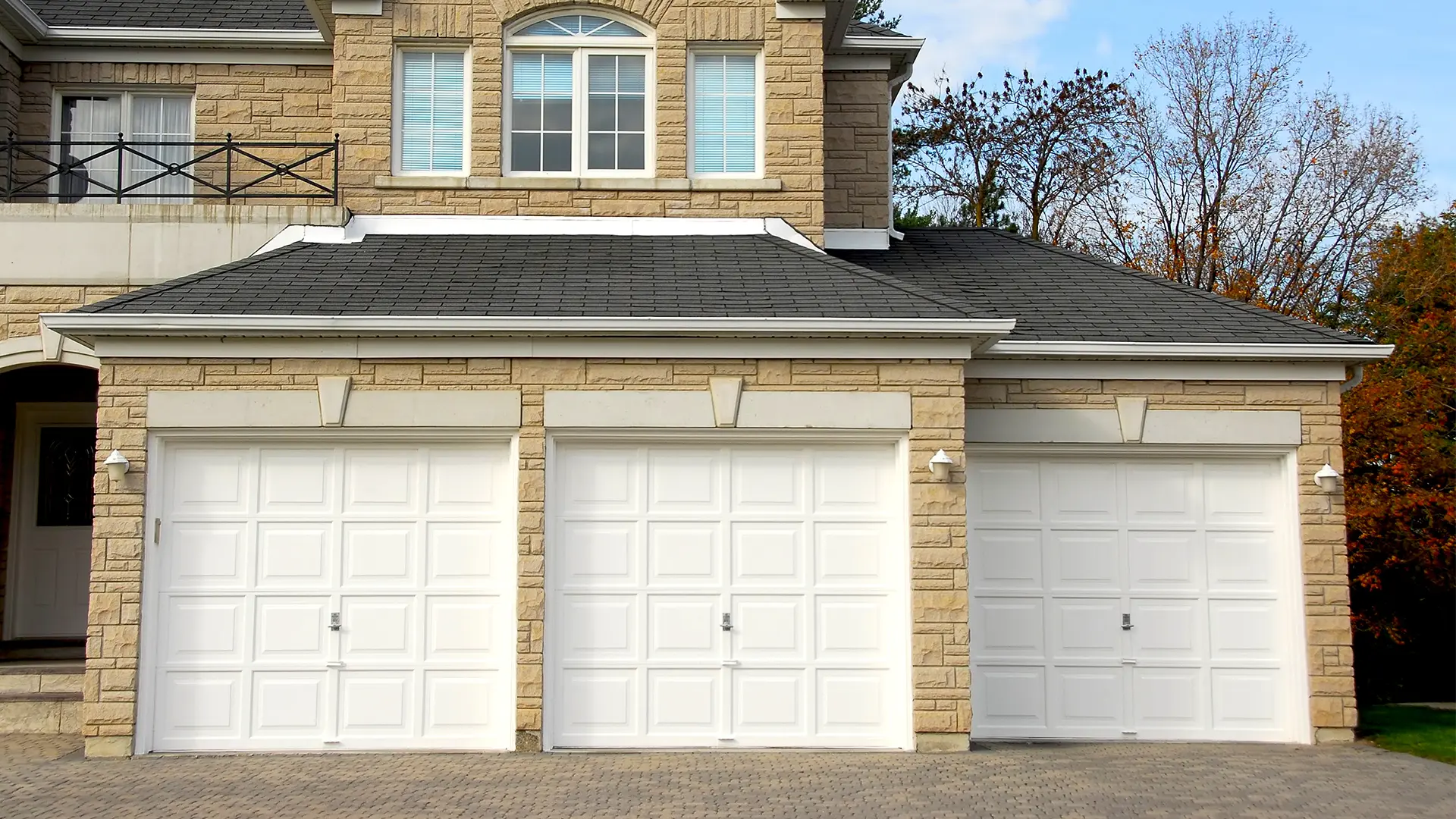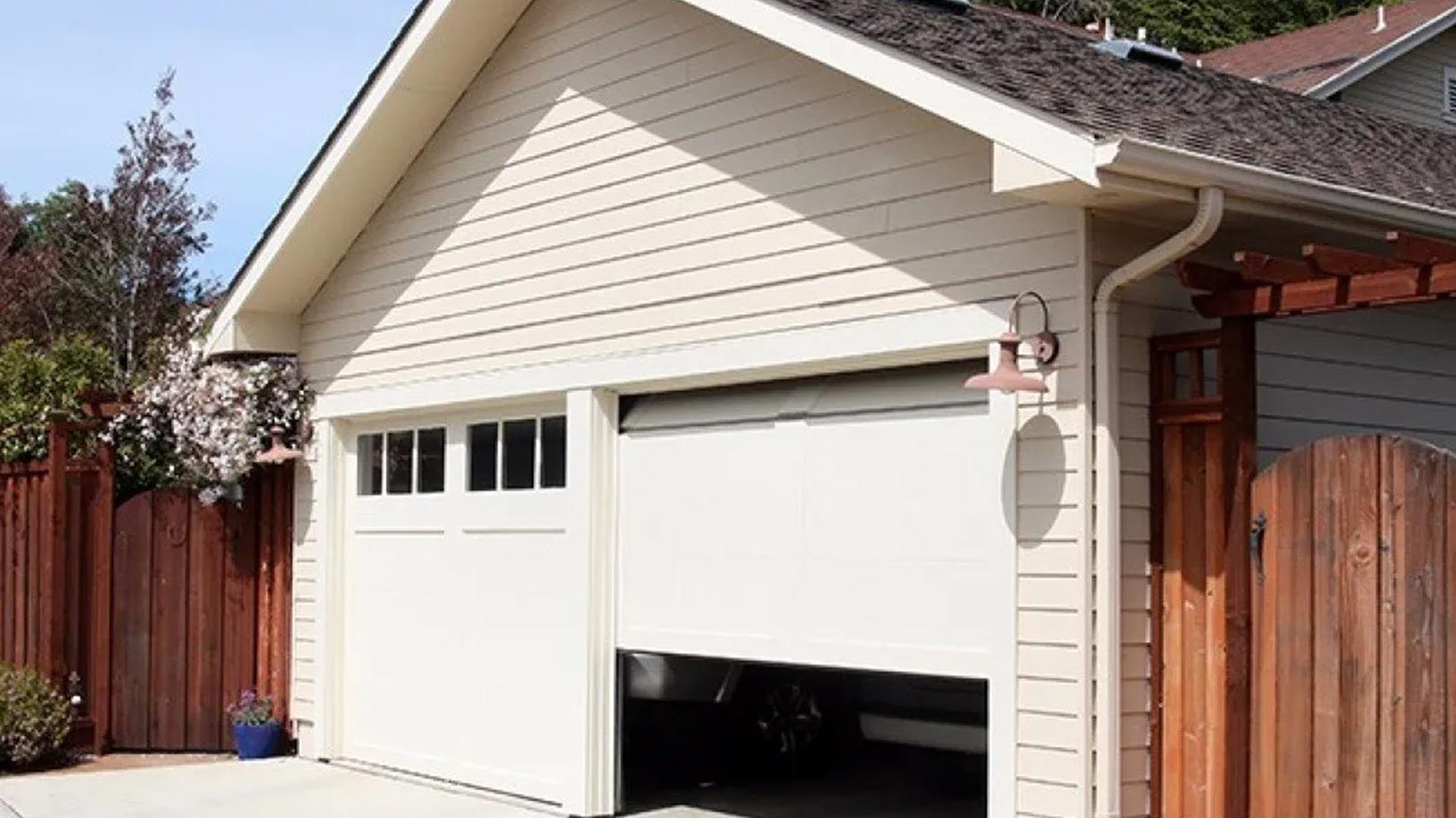Garage Door Terminology Guide
When your garage door stops working or starts making strange noises, talking to a technician can sometimes feel like learning a new language. Words like “torsion spring,” “track alignment,” or “safety sensor” might sound unfamiliar, but understanding a few basic garage door terms can make all the difference when describing an issue or planning an upgrade. This garage door terminology guide breaks down common phrases and components to help homeowners feel confident and informed.
Why It’s Helpful to Know Garage Door Terms
Knowing key garage door components can help you communicate more effectively with service professionals, understand your repair estimates, and spot small issues before they turn into costly problems. It also helps you make better decisions when comparing materials, styles, and opener types for replacements or upgrades.
At Mammoth Garage Door, we believe an informed homeowner is a safer, more confident homeowner. That’s why we’ve created this simple, reader-friendly guide to garage door parts.
Common Garage Door Terms and What They Mean
Your garage door system is made up of several moving parts that work together every time you open or close the door. Understanding what each component does makes it easier to spot problems early and discuss solutions with your technician. Below, we’ve explained some of the most common garage door terms you’ll hear, along with interchangeable names and why each one matters:
Panels
The sections that make up the main face of the garage door. Most modern doors have four to six panels that fold or roll along the track as the door opens. Sometimes referred to as “sections.”
Springs (Torsion and Extension)
Springs counterbalance the weight of the door, making it easier to lift. Torsion springs are mounted above the door and twist to create tension, while extension springs stretch along the sides. Both are under high tension and should only be adjusted by professionals.
Cables
These steel cables run from the bottom brackets to the drum above the door, working with the springs to lift the door smoothly. Frayed or broken cables are a major safety concern and require immediate attention.
Tracks
Metal rails on either side of the door that guide it as it opens and closes. Misaligned or bent tracks can cause sticking or uneven movement.
Rollers
Small wheels that move inside the track, allowing the door to glide up and down. Worn or broken rollers often cause squeaking or jerky motion.
Hinges
Connect the door panels together and allow them to bend as the door moves along the track. Replacing worn hinges can help prevent rattling and uneven wear.
Weatherstripping
Rubber or vinyl seals placed along the bottom and sides of the door to block drafts, debris, and pests. Sometimes called “garage door seals.”
Garage Door Opener
The opener is the motorized unit that powers the lifting and lowering of the door. It includes a drive system (chain, belt, or screw), a safety sensor system, and a wall or remote control.
Safety Sensors
Located near the bottom of the tracks, these sensors detect movement or obstructions and stop the door from closing if something is in the way—an essential safety feature for every modern system.
Drums
Round metal wheels attached to the torsion spring shaft that help wind and unwind the cables as the door moves.
Bottom Bracket
Located at the lower corners of the door, these brackets connect the lifting cables to the door itself. They’re under high tension and should never be removed without professional tools.
Why These Terms Matter
Recognizing basic garage door terminology makes you more knowledgeable in general, but it can also help protect your home and family. Understanding how the system works helps you identify unusual noises, wear, or movement early on.
Finding the Most Knowledgeable Garage Door Company
When it comes to keeping your garage door in top condition, it’s important to choose a local expert who knows every detail of these systems inside and out. Homeowners in the Fresno, California, area can count on Mammoth Garage Door for honest service, experienced technicians, and a commitment to customer satisfaction above all else.
Whether you need a full installation, a minor repair, or just a trusted professional to explain your options, Mammoth Garage Door is here to help. Contact our team today to schedule service or ask questions about your garage door system. We’ll make sure you get clear answers and dependable results every time.
Trusted by some of the biggest names in the business!

















